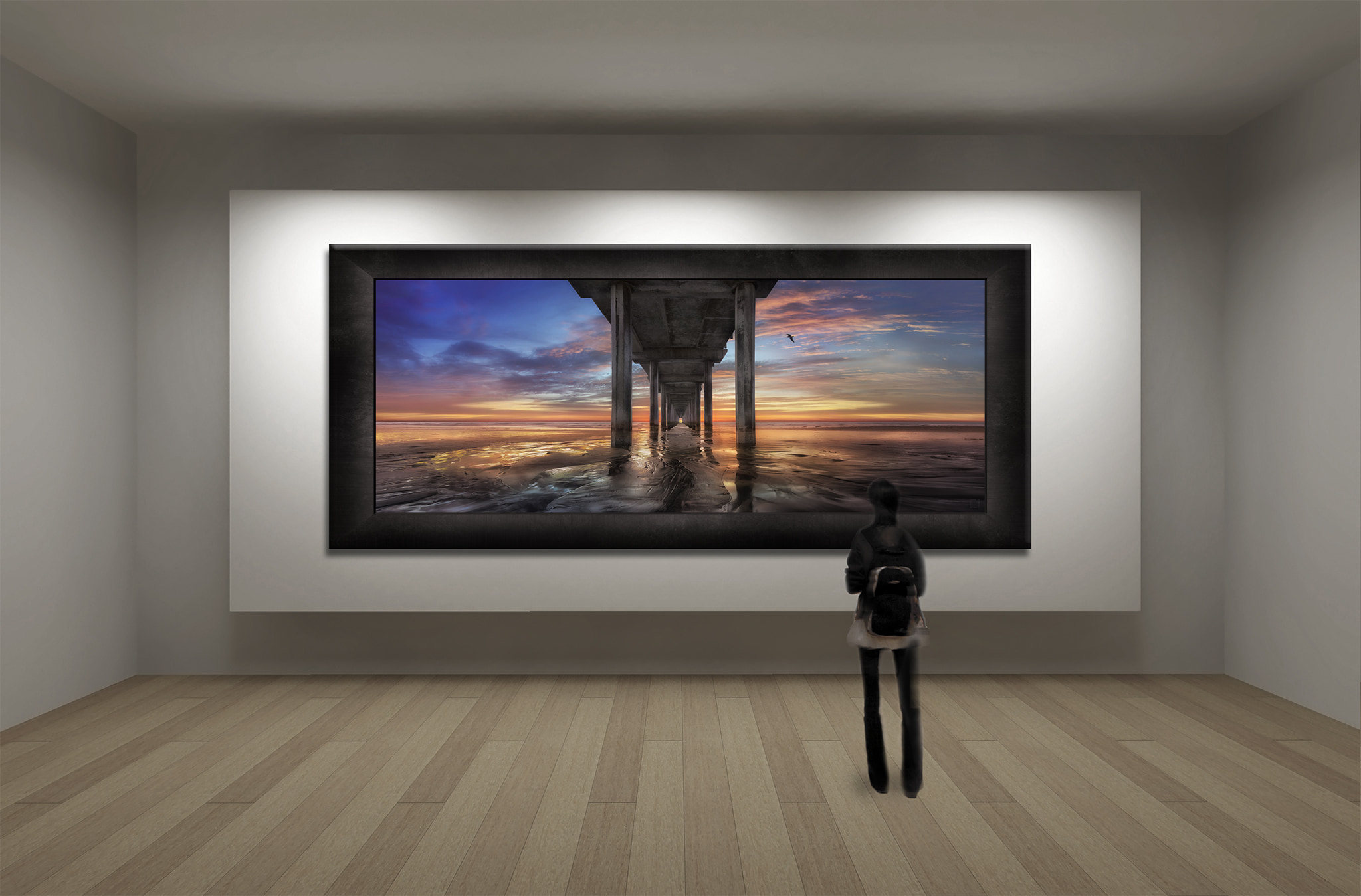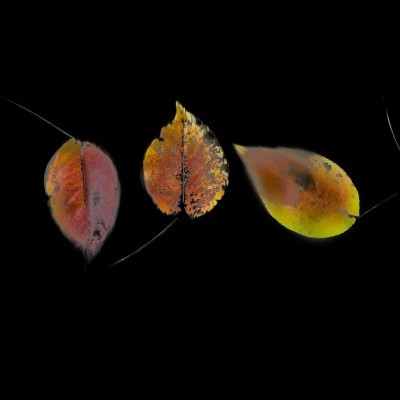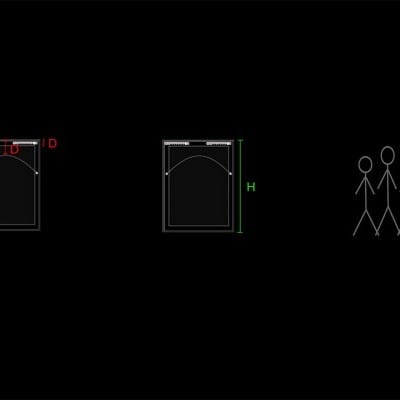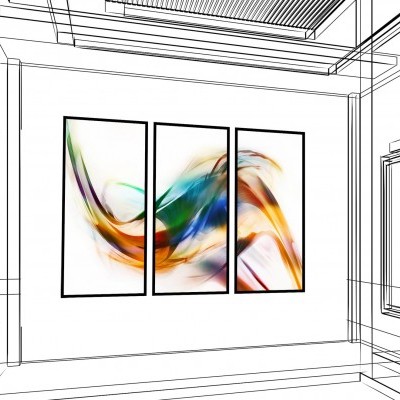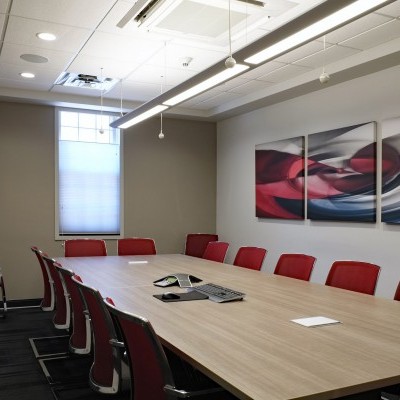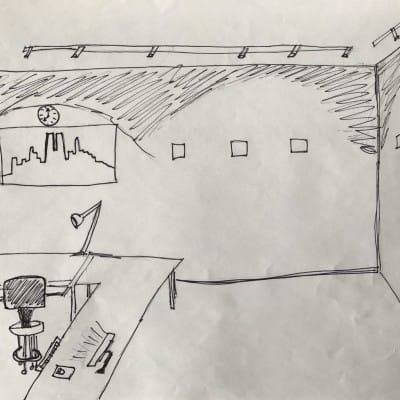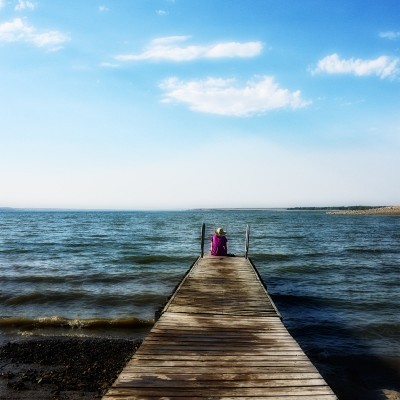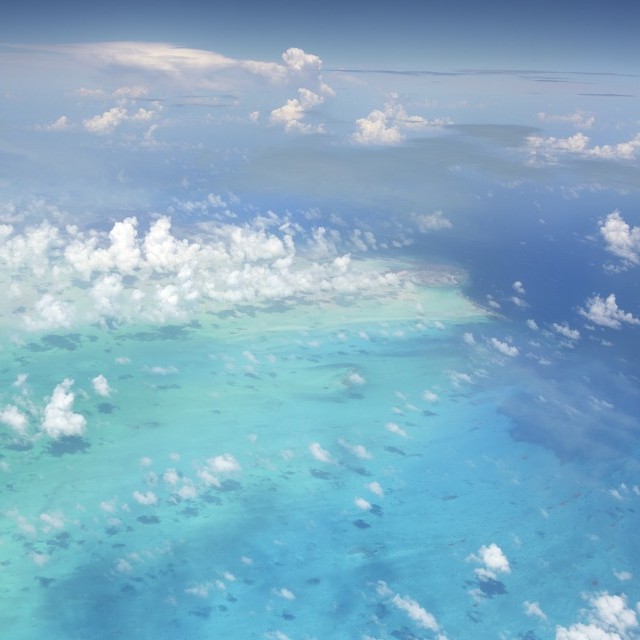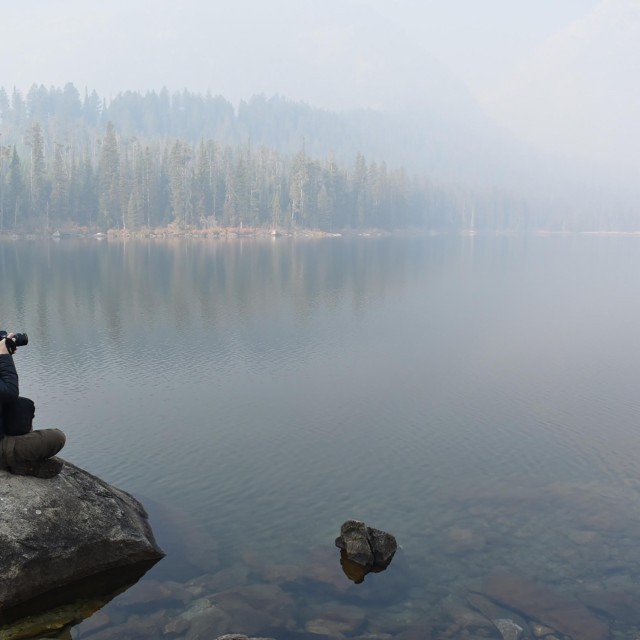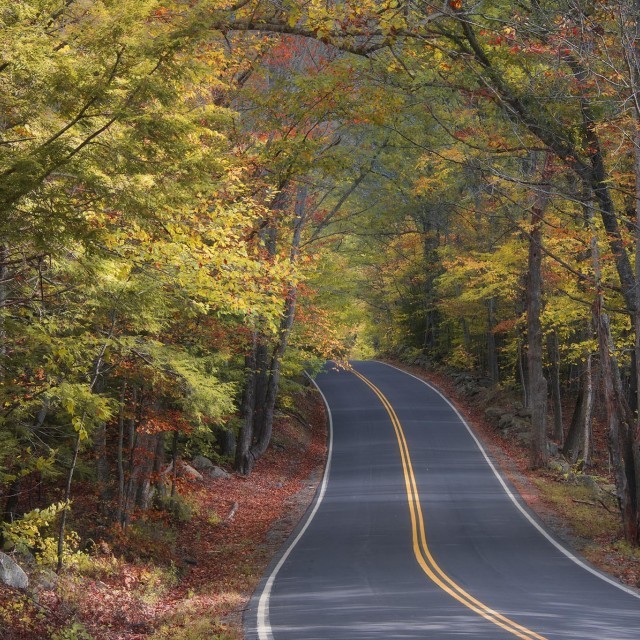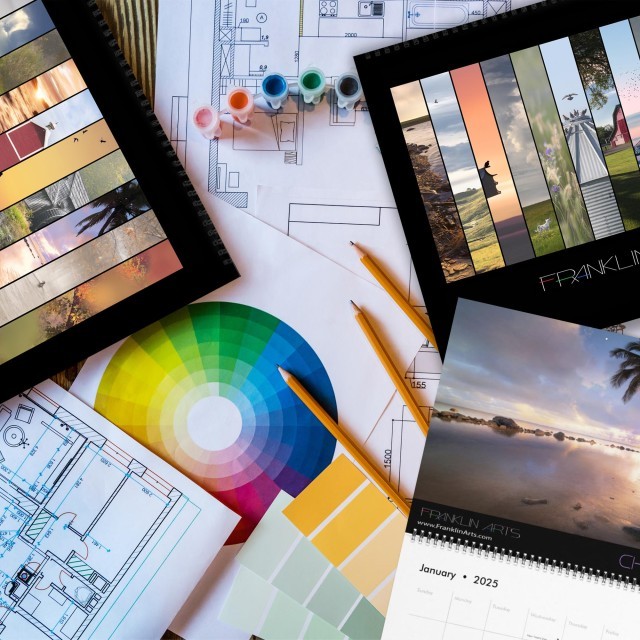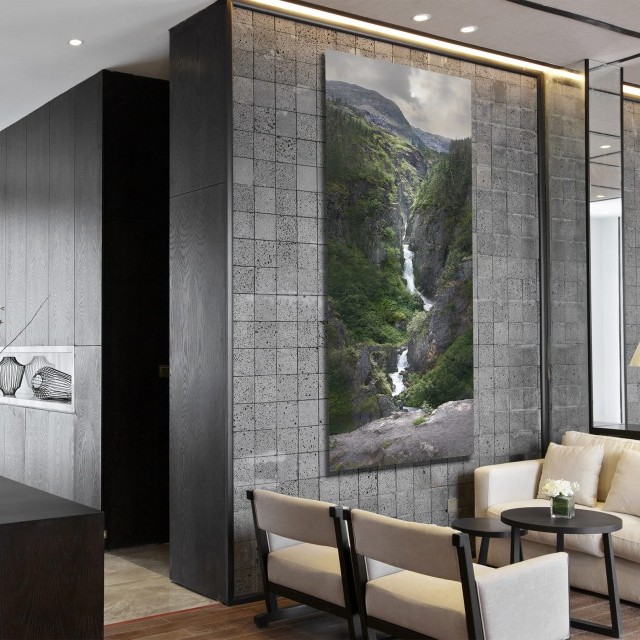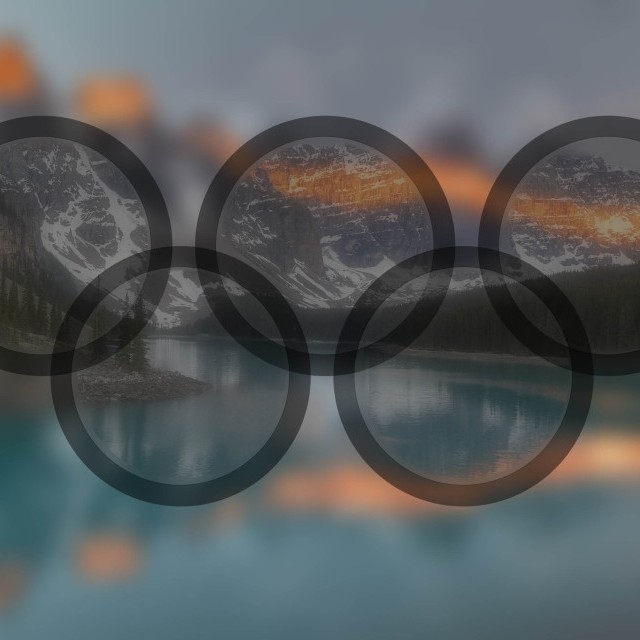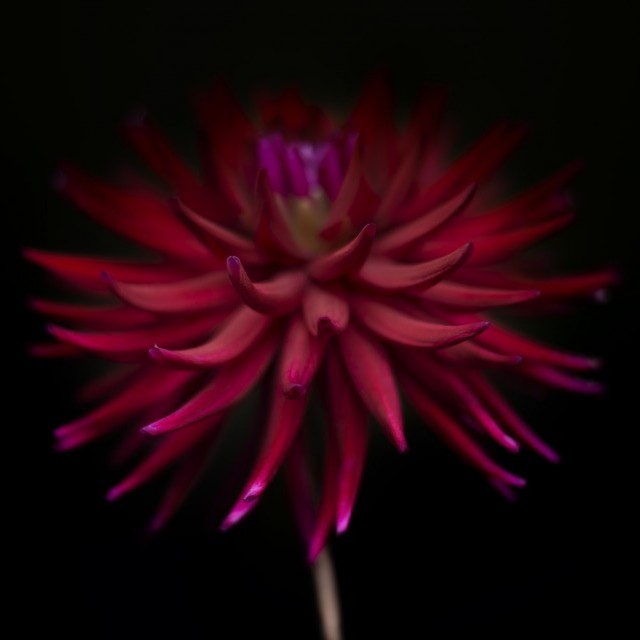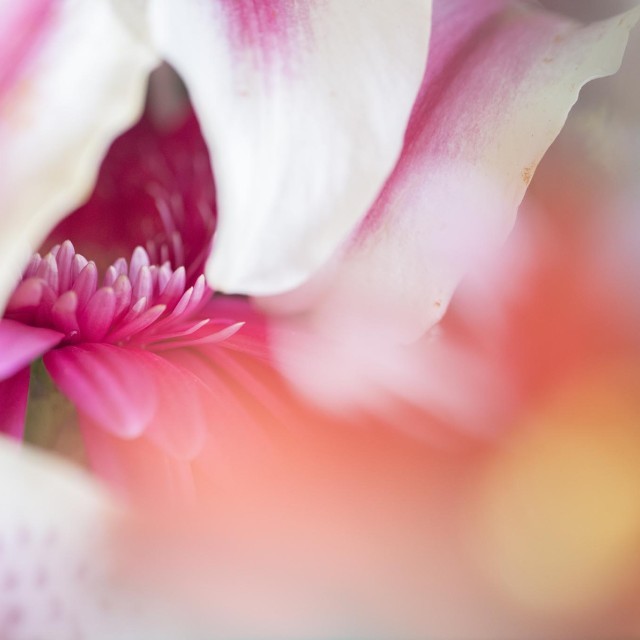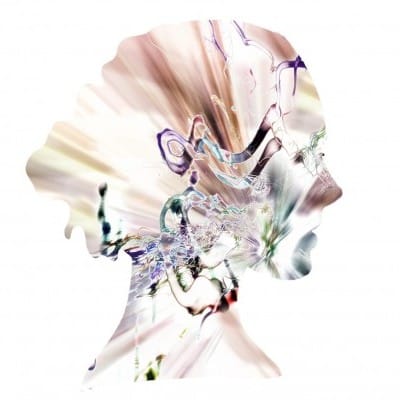
You're missing the big picture--but it's not your fault.
The internet is to blame.
Let me be clear--I wouldn't be able to do what I do without the internet. People from around the world can see my art and buy it. It's truly mind-bending.
Yet the internet is not overly kind to the art imagery I (or others) create.
"Kyle, this looks so much better in real life than it does online."
Well, this is great, but ugh, it drives me to Crazytown when I hear it. I visit this town frequently.
Nothing will ever compare to an in-person real-life view of this artwork printed in full high resolution. Colors, definition, and all the nuances of an artwork are realized when it's right there in front of you. The internet does not do any online artwork justice---it's just the way it is.
So why must the internet crush art imagery and photos?
The answer is pretty simple--we as a society value speed and convenience more than anything else online. This means artists like me must squeeze out the purity of the images, transforming them into the tiniest souless pixels we can. This means color variances are condensed, details are simplified, and pristine imagery is reduced down to a hollow shell of itself.
Compressing images like this greatly reduces file size, and this means higher speeds for your browsing pleasure on the internet. Google further reinforces this image slaughter by rewarding websites that have fewer and more compressed images and penalizing websites that have larger and more beautiful ones.
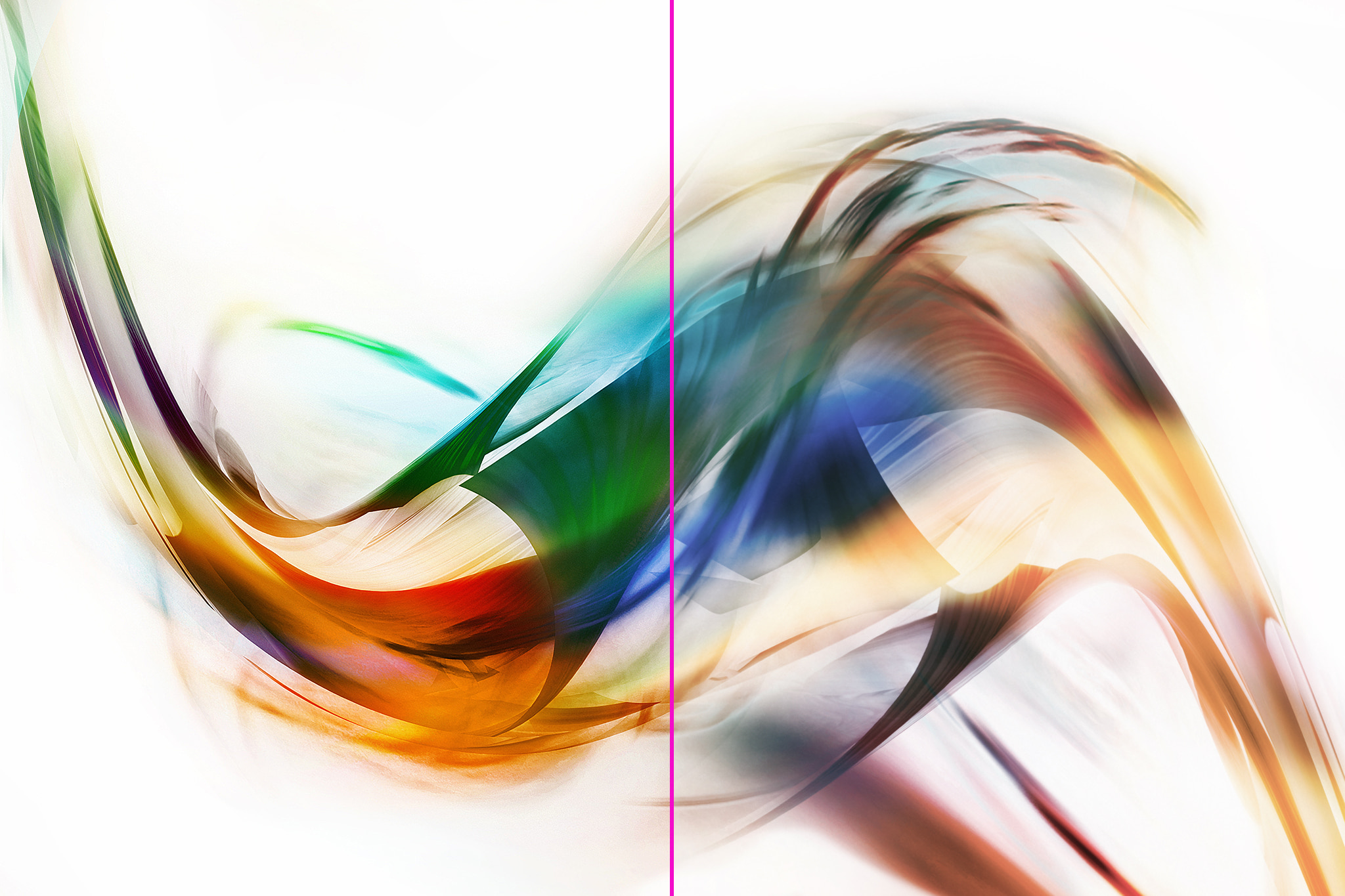
I dream of a day where you will see pictures online closer to what they look like in real life, but for now, know that if you love what you see on your screen, just wait until you see it in person.
